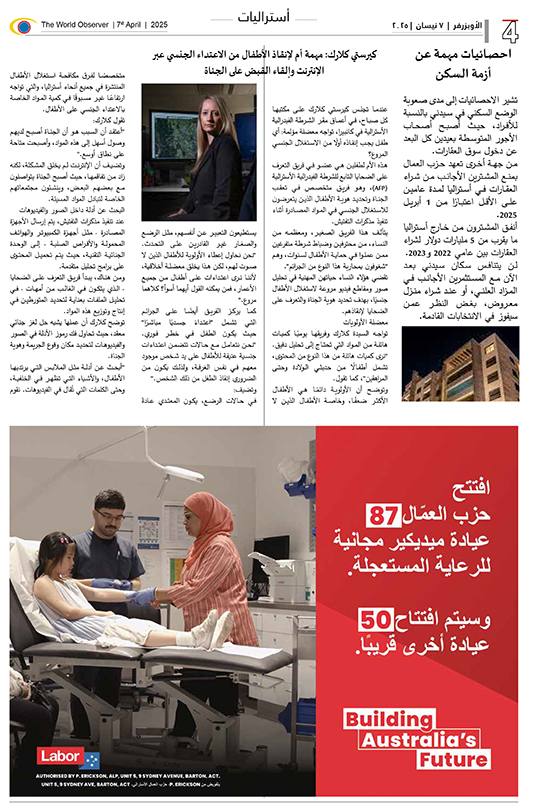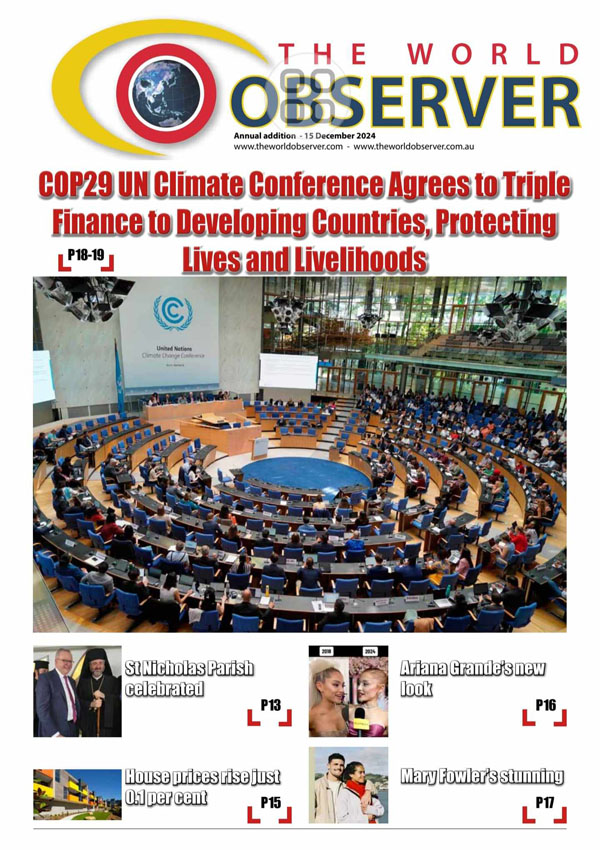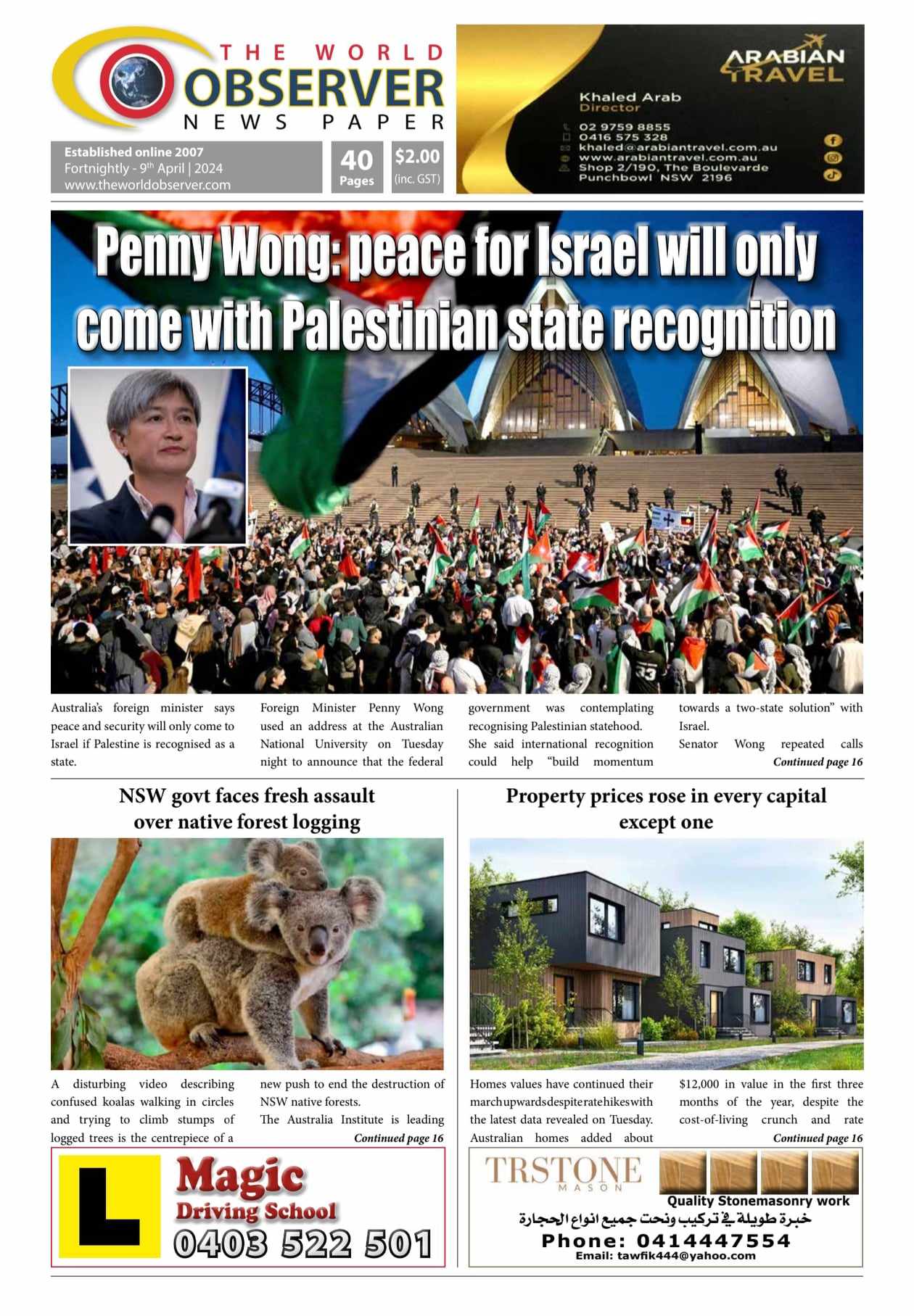
Renting and buying in the Harbour City has never been less affordable, but the solutions to the deepening crisis could be staring us right in the face.
The world’s largest cities all tackle high housing costs and land shortages, but urban planners say Sydney is stuck in the past and unwilling to try proven solutions.
Rents are at record highs, buyers are seeing historically low listings, and increased migration is squeezing the market.
“There’s no debate on the need — everyone agrees housing affordability is Sydney’s greatest immediate threat,” the former head of the Committee for Sydney, Gabriel Metcalf said last year.
The median weekly rent for a Greater Sydney apartment is now $624, and $737 for a house, according to CoreLogic — this represents a 20 per cent increase for units and a 16 per cent increase for houses compared to January 2020.
Although the housing market is cooling for buyers, CoreLogic says listings are well below the five-year average.
Housing affordability will be a key issue in next month’s state election, but Sydney’s challenges are not unique.
Here’s how other big global cities address the issues.
Mandatory inclusionary zoning
This is when a developer is required to include affordable housing as a condition of a new project.
In London, quotas around 30 per cent are common but can be as high as 50 per cent.
This includes discounted homes for sale and rent as well as social housing.
“London is the sort of poster child, and things aren’t perfect,” said Nicole Gurran, who is an urban planner and policy analyst from the University of Sydney.
“But there’s an absolute acceptance from all the players in the market that at a high-value site in London, 50 per cent of that will be affordable.
“The idea behind this is that although there’s a change coming to an area, you’ve still got to protect and provide for people on lower incomes,” Professor Gurran said.
Many large cities in the US have also used this strategy to generate affordable housing including Baltimore, Chicago, New York and Denver.
New South Wales has a different scheme.
The voluntary density bonus allows developers extra floor space in return for affordable rental housing, which must be at 20 per cent less than the market rate for 15 years.
But Professor Gurran said this density bonus is not addressing the problem, as it only provides around 5 per cent of affordable housing in most cases.
“It’s a very, very small amount of floor space dedicated to affordable housing … you’re not really getting much out of that even though it’s better than doing nothing.”
Some local government areas have gone further, requiring that developers give a cash contribution towards constructing affordable housing.
This was successfully done as part of the Pyrmont-Ultimo and Green Square renewal projects in the 90s.
“That was a pilot scheme that was supposed to be replicated and should be,” Professor Gurran said.
Build-to-rent
Unlike Australia, other parts of the world rely less on “mum and dad” investors.
Build-to-rent is when large-scale. purpose-built rental housing is held in single ownership and professionally managed.
It’s touted as a way to provide steady income for investors and better security for renters.
This is a type of development that’s not often seen in Australia but is seen a lot in European countries, particularly in Germany, as well as the UK and the US.
“We should be supporting the build-to-rent sector. They could build at scale and that would help bring more supply onto the market,” said housing policy specialist Bill Randolph from the University of New South Wales.
“They are probably not going to be low-income but they would be professionally managed.
“This way, we get some long-term commitment to the professional renting sector, which we’ve probably never had in Australia.”
In Scotland, short-term emergency rent control measures were recently put in place to lessen the financial impact on renters.
Until March, there is a temporary 9 per cent cap on rent increases and a pause on the enforcement of evictions.
But Professor Randolph believes rental controls can be problematic.
“They can end up being politically difficult to shift back — I’d much rather see affordable housing and build-to-rent options put on the table.”
Public housing
In Singapore, the public housing system, which sells government-built units to citizens, means over 80 per cent of people own their own homes.
Economist Cameron Murray says replicating this would give much more support to first-home buyers than the state government’s stamp duty reforms which passed last year.
“In Singapore, the government can just build houses like any other property developer and sell them to first-home buyers at a discounted price,” Dr Murray said.
It means citizens can buy a house that would normally be around $1 million on the private market for around $300,000 to $400,000 from the public developer.
“Almost every Singapore household just goes and gets it, just like we go to the public hospital and we get treated, and how our kids go to the public school, we could go to the public housing developer if the private market is not doing it for us,” Dr Murray said.
“A system like this is the answer.”




































 The World Observer Media produces a daily online newspaper, a daily Arabic online newspaper and a monthly printed Arabic/English magazine and a weekly printed Arabic/English newspaper.
The World Observer Media’s mission is to entertain and educate all generation from the Ethnic Communities in Australia, who are interested in local, national and foreign information.
The World Observer Media produces a daily online newspaper, a daily Arabic online newspaper and a monthly printed Arabic/English magazine and a weekly printed Arabic/English newspaper.
The World Observer Media’s mission is to entertain and educate all generation from the Ethnic Communities in Australia, who are interested in local, national and foreign information. 


